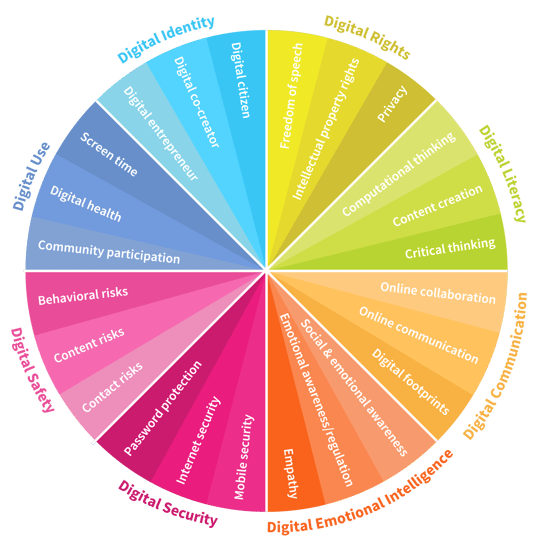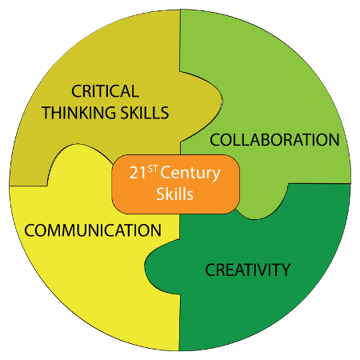Make online learning tools a key part of your teaching and learning toolset
THE WEF MODEL
The World Economic Forum (WEF) has set out what it considers are the key elements for Digital Intelligence in 2016 and encourages education systems to embrace them if we are to have a global workforce for the future and our children effective digital citizens.
The report highlights that our children view technology differently, they expect to be connected and they turn to mobile and tablet devices for entertainment. Whilst many adults haven’t embraced such technologies and struggle to adapt, my two year old learnt the phrase “Daddy where’s your ipad?” very early on and is very adept at finding Peppa Pig for his Entertainment.
The WEF model has 8 key themes which as educators we’ll already be familiar with through Internet Acceptable Use policies etc. The two I’m most interested in in this blog are:
- Digital Communication
- Digital Literacy

STUDENTS EXPECT MORE
As students grow up to expect more from technology and increasingly live in a 24/7 connected world, the above need to form part of a rounded approach to education and technology. It is perhaps where the old ICT curriculum had strengths over the new Computing curriculum with it’s focus on coding. Many schools are embracing the 21st Century Skills curriculum, which aligns brilliantly with the WEF digital intelligence model.
21st Century Skills calls for a focus on communication and collaboration as well as being critical thinkers and discerning users of connected Technology.

WHY IS THIS RELEVANT?
Schools are increasingly moving to cloud based solutions and services, most have made the decision or have it in their sights, Office 365 or Google Apps for Education? As schools implement these services isn’t it also time to review the curriculum and ensure that our learners are as well-equipped as they can be for the future?
How many of us in our working lives work on a document in isolation without seeking input or feedback from our colleagues? Increasingly face to face meetings are being replaced by Skype or Google Hangouts. We’re using LinkedIn for professional networking, we’re using Yammer for internal chatting, the paper notebook as an individual note taking tool is being replaced with a collaborative note taking experience with OneNote.
SAVE MONEY
Online services can save schools money, important in this era of reduced funding and austerity, but more importantly they have the power to enable a richer curriculum which prepares our learners to operate in a working world many of us were not prepared for.
If you’d like to know more about how you can communicate and collaborate using Office 365, how you can use extended functionalities to support 21st Century Skills, we’d love to talk to you.

